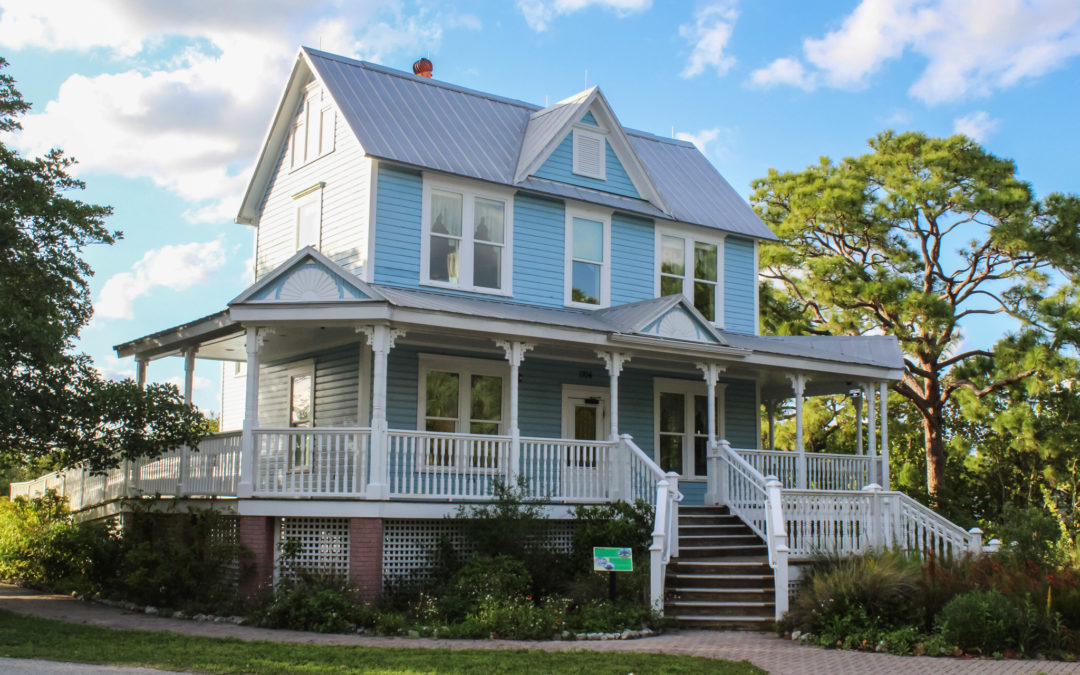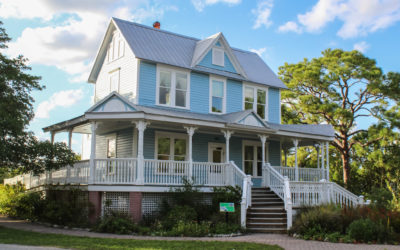Are you planning a home addition? Well, choosing a design is just the beginning. But you might not know that the unsung hero in this process is ensuring your architectural blueprint drafting complies with your county restrictions.
It’s not just about being creative and designing something amazing; it’s about following the rules set by local authorities too. And trust us, this is crucial if you want to avoid headaches during construction. So let’s dive into why county restrictions compliance is an absolute must in architectural blueprints!
Why You Must Play by the Rules
Ignoring county restrictions and moving forward without necessary permits can lead to multiple consequences. Here’s why it’s crucial to comply.
1. Reversing Work at Your Expense
Non-compliance with county restrictions could mean having to undo work already done on your property, all at your own cost. This not only sets back your progress but also drains your resources significantly.
2. Challenges in Selling or Re-mortgaging Your Home
Approval from building control is vital when selling or re-mortgaging your home. Without it, you might be unable to make these important financial moves.
3. Risk of Prosecution & Fines for Your Builder
Your builder could face prosecution and hefty fines if they proceed without adhering to county restrictions.
4. Forced Demolition and Associated Costs
In extreme cases, the council can mandate demolition if changes aren’t made after an enforcement notice. Worse still, you’ll be billed for the demolition costs.
Florida Building Codes: What You Should Know
If you’re in Florida and contemplating a home addition project, knowing about the local building codes is crucial. These codes contain restrictions that can influence your construction plans, from the size of the structure to the materials used. Here are the most common you should keep in mind:
1. Detailing the Structure
Your building plan should detail the structure of your addition. This includes information about the addition’s size, materials, and placement, all of which must be included in the Building Regulations application drawings.
2. Prioritizing Fire Safety
Fire safety is a key aspect of any building plan. Ensure your design incorporates fire safety measures, such as fire-resistant materials and proper escape routes.
3. Planning for Proper Drainage
A well-planned drainage system is essential for any home addition. Your building plan should detail how water runoff will be managed to prevent potential flooding or damage to the property.
4. Electrical Design & Safe Installations
Your building plan should detail the electrical layout, ensuring it meets safety standards and contributes to the efficient functioning of your home expansion.
Build with Confidence: Make Mast Draft Your Trusted Partner
Are you a homeowner with big plans to expand your living space? We know how important it is for you to enhance your home while playing by the rules seamlessly. But we also understand that navigating county restrictions can feel overwhelming.
Well, worry no more! Avoid wasting your time and money fixing mistakes during the construction phase. At Mast Drafting & Design, we specialize in helping homeowners like you with our drafting and designing services.
We ensure your home addition meets your vision and complies with all county regulations right from the start. Let’s get in touch today!




